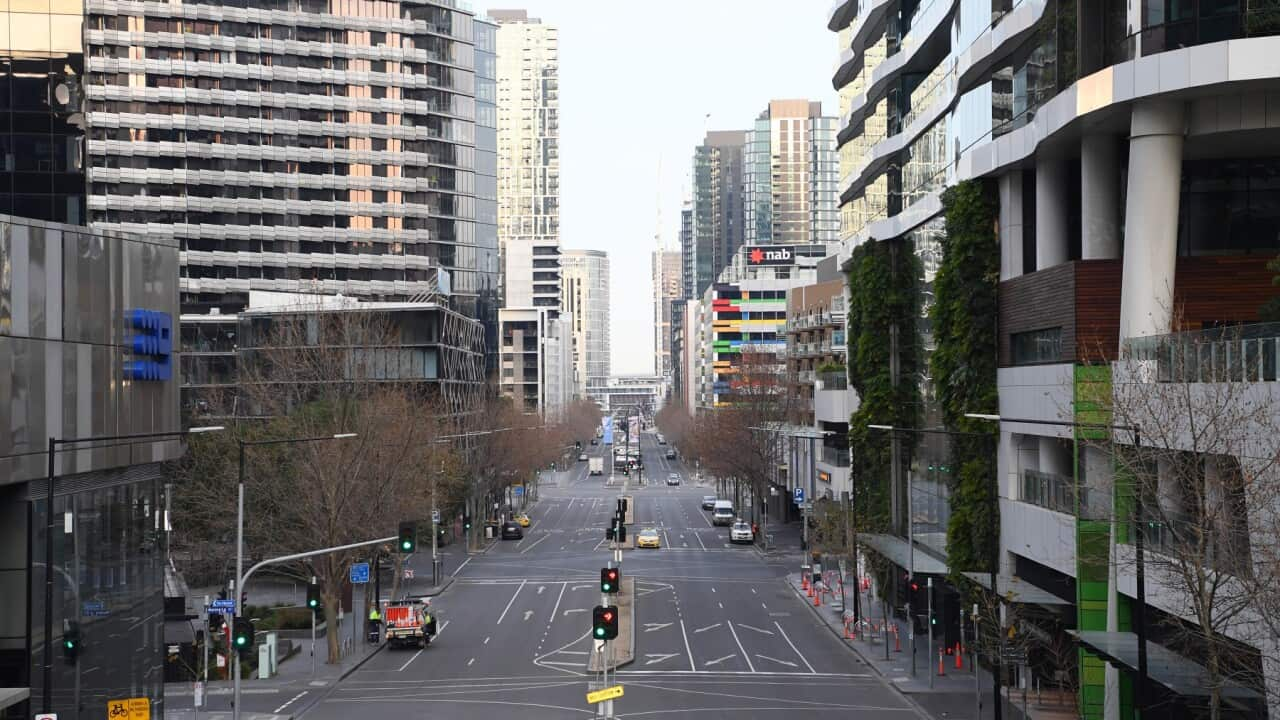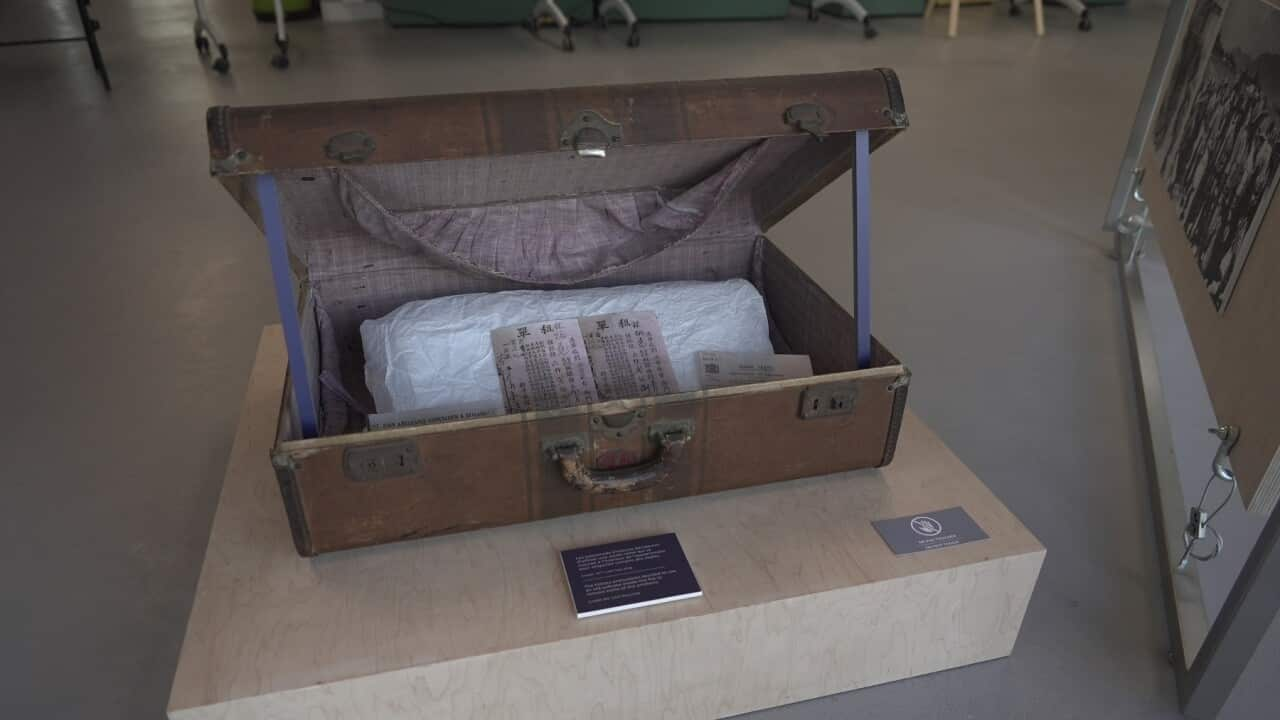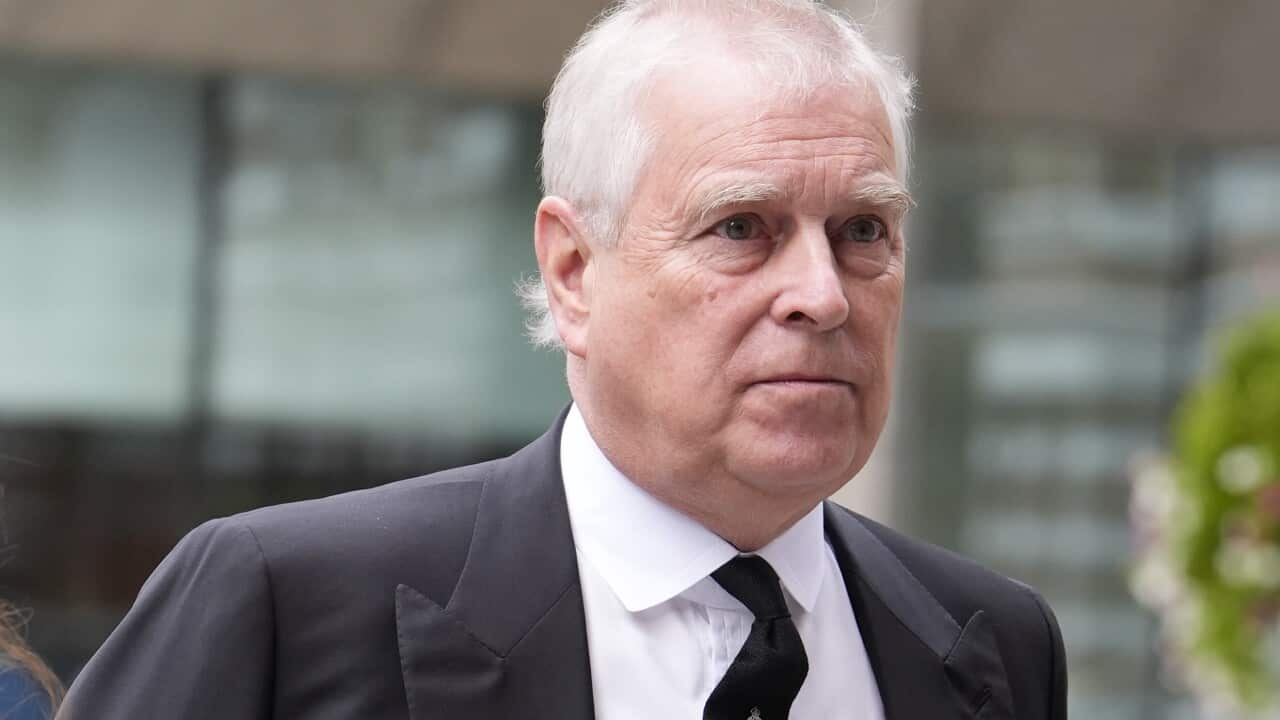In recent months we have become accustomed to seeing the centers of our cities almost completely emptied and populated only by some passersby wearing a mask in order to prevent the spread of COVID-19. Urban policy experts are now wondering what shape cities could take in the post-COVID era.
Highlights
- Large cities have the opportunity to implement transport reforms and facilitate access to green spaces.
- Teleworking can only partially replace traditional workplaces.
- Milan is one of the best prepared cities to face the post-pandemic situation, thanks to the far-sightedness of its administration.
According to Professor Acuto "cities have a great opportunity to implement mobility reforms, but also measures that can facilitate access to green spaces" and he adds "let's not forget that many inhabitants of large cities like Sydney or Melbourne have to drive in order to get a park".
As far as telework is concerned, Professor Acuto notes that "there are only a few industries, such as finance and communications, that can afford to have a large part of their workforce remotely, but the vast majority, however, requires workers to go to the workplace.
People in Australia must stay at least 1.5 metres away from others. Check your state’s restrictions on gathering limits.
If you are experiencing cold or flu symptoms, stay home and arrange a test by calling your doctor or contact the Coronavirus Health Information Hotline on 1800 020 080.
News and information is available in 63 languages at https://sbs.com.au/coronavirus






